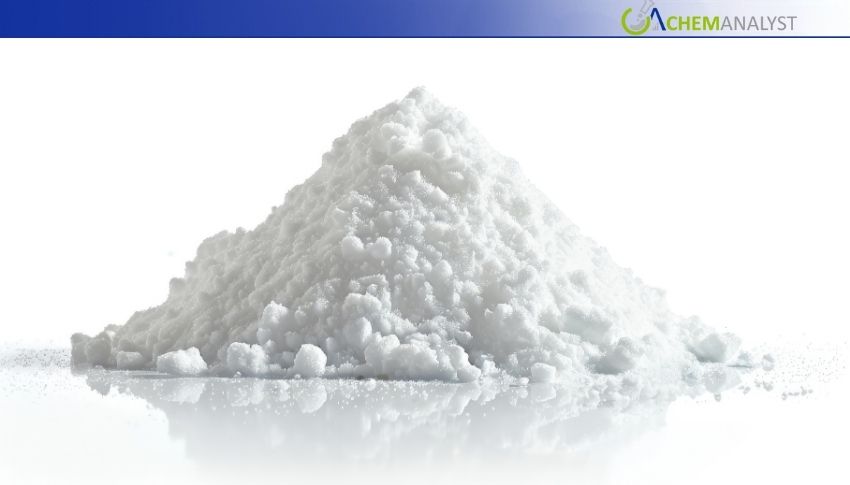Welcome To ChemAnalyst

Dextrose prices fell sharply in July 2025, driven by oversupply from improved production efficiencies, particularly in Asia-Pacific, and weaker demand across major sectors. Technological advances in enzymatic hydrolysis and fermentation lowered costs, while easing freight rates further reduced prices. Demand slowed in food, beverage, pharmaceutical, and biofuel industries due to cautious procurement, inflationary pressures, and policy uncertainties. North American and European markets mirrored Asia-Pacific’s decline. With increased supplier competition and stock liquidation adding pressure, industry players are urged to reassess sourcing strategies to leverage current price advantages.
The dextrose industry experienced sharp price decline in July 2025 which is an issue analysts anticipate recurring in August. It is occurring with re-writing the rules of this vital commodity in the face of shifting global patterns of consumption and structural shifts in supply.
The decrease in dextrose price in July is anchored on a complex intercontinental relationship between expansions in the supply side and weaker demands amid major regions. Inventory and production efficiencies at manufacturing plants have been reported to have increased especially in the Asia-Pacific region where dextrose consumption is high due to its high food and pharmaceutical industries. This has been as a result of improved technology in enzymatic hydrolysis and fermentation processes where greater production is attained at reduced cost of raw materials. At the same time the easing of freight rates and logistic enhancements have lessened pressure on costs and producers are able to supply dextrose at lower costs.
But a greater influence on the downward pressure in the Dextrose price is the fact that the demand from various big fields of applications is less intense. The careful buying in food and beverage industry due to demand and shift of the buying capacity by customers and the inflationary pressures have reduced purchasing levels. The pharmaceutical makers will also be erring on the side of caution in case of uncertain healthcare budgets and inventory adjustments. In addition, the expanding biofuel industry, which bases an ever-greater share of its processes on dextrose as a raw material leading to sustainable chemical manufacturing, has demonstrated nervousness of future growth over different policy changes and market saturation rates.
The overall influence of this Dextrose oversupply transient and the restraining of demand has triggered a sharp tread of price slippage with regional marketplaces showing a parallel behavior. Specifically, North-American and European markets have adapted to the rhythm of the Asia-Pacific, indicative of declining spot prices and disinflationary futures contracts. Observers within the industry also observe that increased rivalry among suppliers, as well as the strategic liquidations of stocks during off season periods, only increases the downward price pressure.
The downstream industries are affected adversely by this trend. The dextrose-derived humectants and stabilizer have a reduced cost, which saves the cosmetic manufacturers more money to make their formulations less expensive. Drug companies are relieved of excipient costs which are essential in intravenous solutions and tablet binding agents. The prospect of low cost inputs and cost structures will also update the input cost structure of the biodiesel producers who currently utilize the cost of dextrose in the production of new bioethanol and monoethylene glycol.
As this decisive point is reached in the Dextrose market, players in the industry such as importers, exporters and procurement experts should pay keen attention to it. It is worth reconsidering sourcing strategies in order to utilize existing price benefits and protect against a possible volatility of supply chains.
The negative movement in dextrose prices in the just ended month of July portends a new dawn influenced by technology upsurge, resettling of supply and demand factors, as well as reorganization of industry strategies. In order to remain resolute and nimble, every stakeholder that is involved in this crucial arm of the commodity market will have to keep abreast and dexterous.
We use cookies to deliver the best possible experience on our website. To learn more, visit our Privacy Policy. By continuing to use this site or by closing this box, you consent to our use of cookies. More info.
